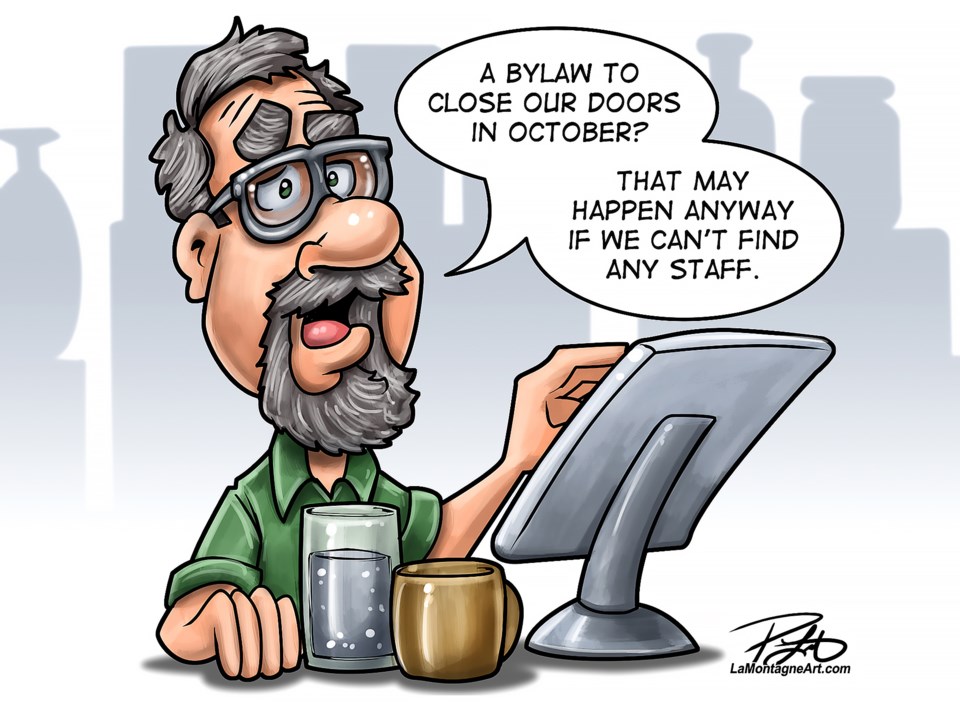The day of propped open doors in winter months will soon be coming to an end in the Bow Valley.
Canmore will join neighbouring Banff in implementing a closed door bylaw that aims to reduce greenhouse gas emissions.
Though it may seem like a small shift, to address climate change the bylaw is another piece in the puzzle of the greatest challenge in the environmental climate crisis facing humanity.
Both mountain towns will have their respective closed door bylaws run from the Tuesday after Thanksgiving Day until the last Friday in April, with the exception being when temperatures hit 10 Celsius or higher in an Environmental Canada forecast.
Banff’s began last year, while Canmore will introduce its later this year. An emphasis on education rather than fines has been a priority for Banff and Canmore will follow suit in attempting to gain compliance.
Both municipalities have taken pride in their approaches to addressing climate change at the local level through policy and operational decisions, bylaws and environmental rebates attempting to encourage energy efficiency.
Both Banff and Canmore have aggressive environmental targets to knock down greenhouse gas emissions by 30 per cent by 2030 and 80 per cent by 2050, as Canmore used its 2015 levels as a benchmark and Banff 2016.
The two municipalities have also worked to slim energy use of public-owned buildings, but with most greenhouse gas emissions caused by other means, all options need to be looked at.
It’s easy to set high level policies, but it’s important to take time to engage the public, organizations and the community in setting an expectation for all to follow.
An argument for keeping doors open during colder months has long been it helps attract customers, but with all businesses on a level playing field, it makes the case a moot point.
Since being approved by Banff council, its closed door rules have had a high compliance rate with all businesses on equal footing when it comes to having doors open or closed.
The policy aligns with previous decisions in promoting a shift to more active modes of transit and pushing public transit rather than private vehicles in addressing greenhouse gas emissions.
Across the globe, record days of extreme heat are being broken and lengthy heatwaves in some places are pushing human limits.
The World Health Organization has previously noted it expects climate change to lead to an additional 250,000 deaths between 2030 and 2050. It also estimates by 2030 an extra $2-4 billion a year in health costs will be added each year.
Canada is also in the midst of its worst wildfire season on record, with roughly 900 wildfires burning across the country. The increasingly hot and dry conditions have notably led experts to grow more worried about the impact on not only the environment but also population centres.
Locally, wildfires have long been a threat, but the changing climate led Banff to have its hottest May on record. This past spring was one of the quickest snow melts in recent memory, with well known Peyto and Athabasca glaciers having winter melting take place this past year.
Everyone wants a single answer in addressing the climate emergency, but there’s never a single one size fits all solution.
It takes several options – both small and big – working in alignment to address issues such as climate change.
Closed door bylaws, as small as they may be, are one tool in addressing the crisis.




